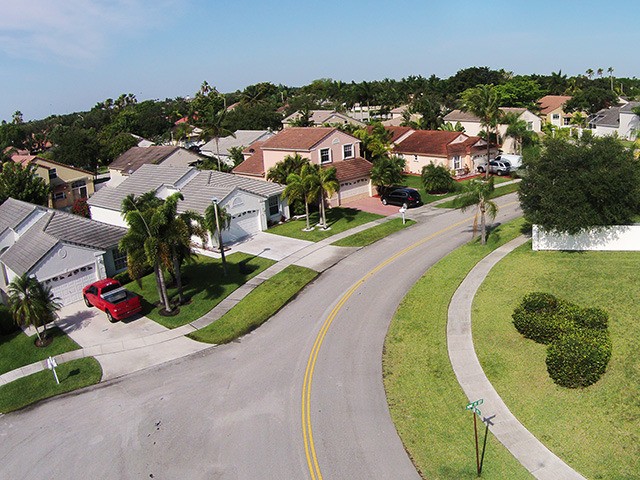Most Americans want to live in attractive and safe neighborhoods regardless of their ethnic background and most also believe single family homes offer those benefits. But an arm of the left-wing University of California at Berkeley claims these neighborhoods’ legacy is racist.
The Builder website reported in 2013 that the majority of Americans prefer single family homes, according to a 2011 Community Preference Survey from the National Association of Realtors:
Detached, single-family homes are the end goal for the majority of Americans. While 80 percent of the population would prefer to live in a single-family home, seven in ten Americans (70 percent) actually do. Apartment and condo living is only preferred by 8 percent of the population, yet two in 10 Americans (17 percent) live in an apartment or condo.
But not just any single-family home will do….Americans also show consensus on certain community factors. 53 percent would like to live in an area that is “away from it all,” versus “in the center of it all (34 percent).”
The saying “good fences make good neighbors” rings true to the majority of Americans as well. “Privacy from neighbors” was consider somewhat important to 87 percent of the population, while 45 percent considered privacy very important.
A more recent report in the City Journal in 2019 showed this is still the case with younger Americans preferring single family homes:
Since 2010, 80 percent of millennial population growth has been in the suburbs. Some of this is simply demographics: most people with young children, or contemplating the prospect of having children, prefer single-family houses. Nearly three-quarters of millennials want single-family detached houses, according to a 2019 report on homebuyer preferences by the National Association of Homebuilders. A 2018 Apartment List survey found that 80 percent of millennials aspire to homeownership.
But left-wing academics at Berkeley analyze everything in society through the lens of race — so much so that the study it published comes from its Othering and Belonging Institute.
The study makes the case that segregated neighborhoods are based on racism and the San Francisco Chronicle advances the narrative, reporting on “single family homes nestled in hilly woodlands, populated by affluent, mostly white families.”
And the reason that San Francisco’s Chinatown is 89 percent Asian is not because of a sense of community but because “many experienced anti-Chinese racism outside of Chinatown, so over time, the area became a segregated enclave,” the Chronicle reported.
The Chronicle reported on the Institute’s findings:
Using population figures from the 2020 census, the Institute examined the racial demographics of every neighborhood in the nine-county Bay Area and how each compared to its surrounding metropolitan area (the Bay Area has three metropolitan statistical areas centering on San Francisco, San Jose and Napa). They used these numbers to calculate a “divergence index” score for each neighborhood. The more a neighborhood’s racial makeup differed from its metro area, the higher its “divergence index”.
Most neighborhoods on the list are disproportionately Black and Hispanic compared to the overall Bay Area. For instance, Hunters Point in San Francisco is 50 percent Black, despite the metro area being 7 percent black; the western part of Oakland’s Webster neighborhood is almost 91 percent black and Hispanic, while the metro overall is under 30 percent black and Hispanic.
But dozens of neighborhoods are over 80 percent white and highly segregated, even if they don’t make the top 10. One, the town of Ross, is a 15-minute drive from Marin’s Canal Area. Its residents can expect to live nearly nine years longer than Canal residents, according to a 2012 report by the American Human Development Project. Eight out of the Bay’s 10 most segregated white-majority neighborhoods are in Marin.
The Chronicle interviewed Dorothy Lazard, a black librarian at the Oakland Public Library.
“Segregation isn’t as blatant as it once was, black water fountain and white water fountain,” Lazard said. “And because of that, I feel like we need to get a little more nuanced in our attempts to eradicate segregation.”
Follow Penny Starr on Twitter or send news tips to pstarr@breitbart.com.

COMMENTS
Please let us know if you're having issues with commenting.